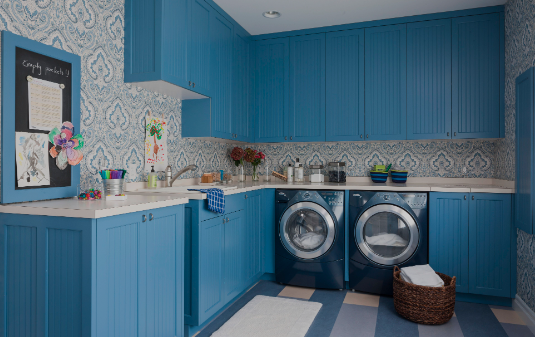Greatest Preferences For Smart Home Integration

In the contemporary landscape of technology, smart homes have emerged as a beacon of innovation, transforming traditional residences into interconnected hubs of convenience and efficiency. As the adoption of smart home devices continues to surge, a crucial aspect that demands exploration is the diverse array of preferences users exhibit regarding smart home integration.
I. The Technological Tapestry: A Symphony of Devices
**1.1. Diverse Ecosystems: A Playground of Possibilities
In the vast expanse of smart home integration, users encounter a myriad of ecosystems, each offering unique devices and functionalities. From Amazon Alexa to Google Home and Apple HomeKit, users navigate through choices, with preferences often influenced by brand loyalty, compatibility, and ecosystem exclusivity.
1.2. Interconnected Devices: Weaving a Seamless Web
The heart of smart home integration lies in the connectivity of devices. Preferences vary widely, from users favoring Zigbee or Z-Wave for their low-power mesh networks to those embracing Wi-Fi for its ubiquity. The debate between centralized and decentralized connectivity architectures further adds nuance to the discussion.
II. The Interface Conundrum: Navigating Control Options
2.1. Voice Command Dominance: A Symphony of Spoken Control
The prevalence of voice-activated virtual assistants has ushered in an era where verbal commands reign supreme. Users express their affinity for the hands-free convenience, with preferences divided among Alexa, Google Assistant, and Siri. The evolution of Natural Language Processing (NLP) becomes a crucial factor influencing these preferences.
2.2. App-Centric Control: Tapping and Swiping into Automation
For those who prefer a tactile approach, smartphone applications stand as the command center of choice. The user interface, ease of navigation, and responsiveness of these apps become pivotal factors guiding preferences. The ongoing battle between simplicity and feature-rich interfaces shapes user experiences.
III. Privacy Paradigm: Balancing Connectivity and Security
3.1. Data Security Dilemma: Fortifying the Digital Fortress
Amidst the convenience of interconnected devices lies the looming concern of data security and privacy. Preferences diverge as users grapple with decisions regarding data storage—local or cloud-based. The debate intensifies as encryption standards, authentication mechanisms, and the potential vulnerabilities of smart home systems come under scrutiny.
3.2. User Consent and Transparency: Navigating Ethical Dimensions
As the smart home landscape matures, preferences extend beyond technological aspects to ethical considerations. Users increasingly demand transparency in data collection, and the ability to control and monitor the information shared by their smart devices. Companies that prioritize user consent and ethical data practices gain favor in the eyes of the discerning consumer.
IV. The Aesthetics of Automation: Integrating Design with Functionality
4.1. Seamless Integration: Melding Technology with Interior Design
The integration of smart devices into the aesthetics of a home becomes a defining preference for many users. The desire for sleek, unobtrusive designs that seamlessly blend with the existing decor often influences choices. Companies investing in the fusion of technology and design find resonance with users who prioritize aesthetic harmony.
4.2. Customization Capabilities: Tailoring Smart Environments to Personal Taste
Preferences in smart home integration extend to the level of customization offered by devices and platforms. Users value the ability to tailor automation routines, personalize settings, and create unique experiences that align with their lifestyle. The fine balance between user-friendly customization and overwhelming complexity becomes a focal point.
V. The Future Horizon: Anticipating Evolving Preferences
5.1. Evolving Standards: Shaping Tomorrow’s Smart Homes
As technology advances, standards in smart home integration continue to evolve. Users express preferences for platforms and devices that demonstrate adaptability and future-proofing. Compatibility with emerging technologies, such as 5G and edge computing, becomes a determining factor as users seek longevity and relevance in their smart home investments.
5.2. Sustainable Practices: Greening the Smart Home Ecosystem
In an era marked by environmental consciousness, preferences extend beyond functionality to sustainability. Users increasingly favor smart home devices and platforms that align with eco-friendly practices, whether through energy efficiency, recyclable materials, or responsible manufacturing. The convergence of smart technology and environmental responsibility shapes the next frontier of preferences.
Conclusion: Navigating the Labyrinth of User Preferences in Smart Home Integration
In the ever-evolving landscape of smart home integration, user preferences form a complex tapestry influenced by technology, design, ethics, and the promise of future innovation. As the symphony of interconnected devices plays on, understanding and adapting to these preferences become imperative for companies vying for a prominent role in shaping the homes of tomorrow.




